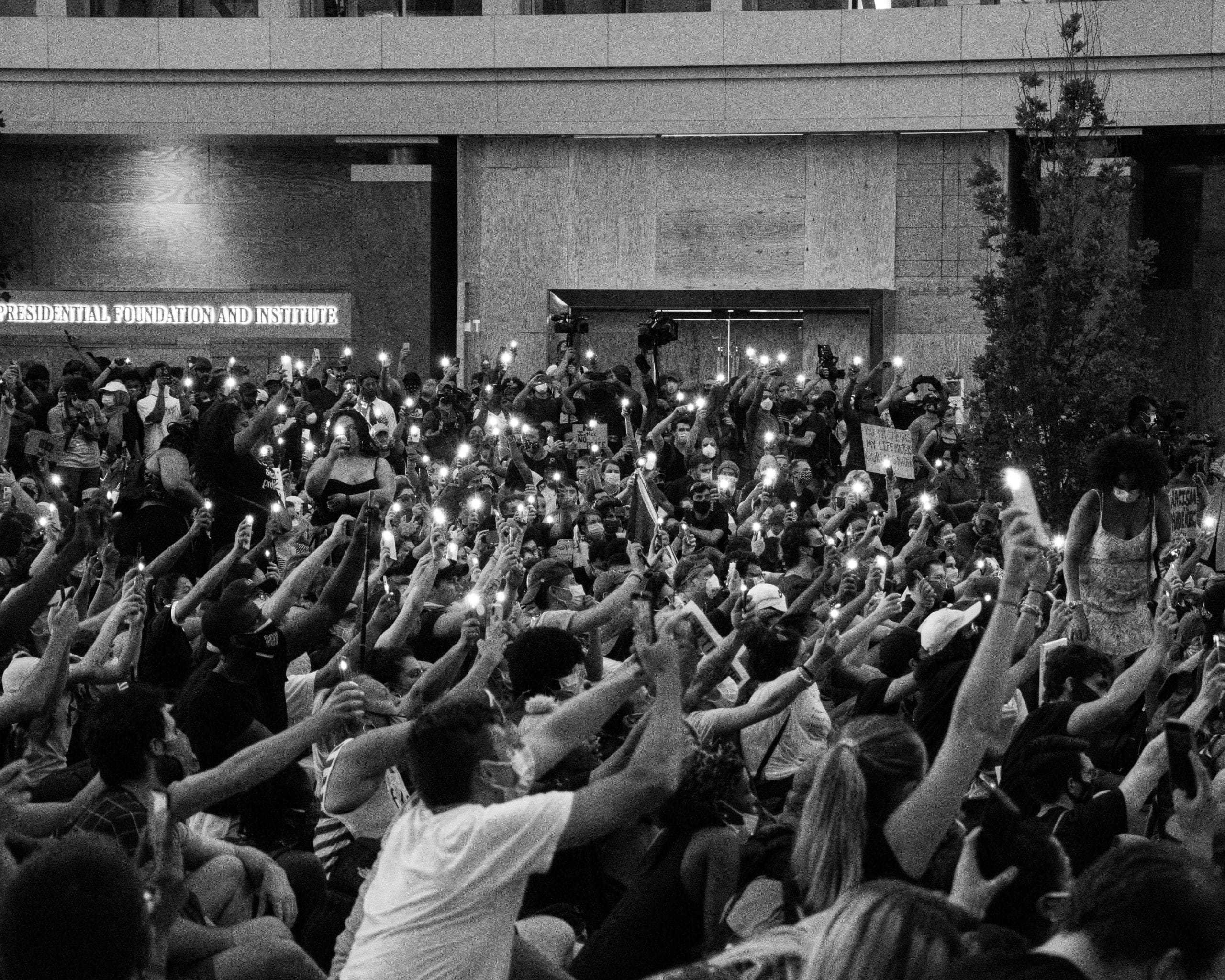How to increase sponsor awareness

How many times have you heard that sponsorship is no longer about visibility but all about engagement? Pretty often, I’d wager. While this is true enough in principle, the fact remains that 1) sponsorship can still be an effective way to build brand recognition and 2) before even thinking about engagement, you’ve got to first be sure consumers are going to remember who you are. Almost in all cases, the link between sponsor and property needs to be made before moving on to more complex objectives.
So what are the factors that positively influence a brand’s recognition as a sponsor? The ones that have the biggest impact are media exposure, activation, sponsorship status and endurance.
Media exposure
A brand that is new, hoping for wider recognition or looking to promote a new sponsorship needs to be able to get adequate media exposure in the target market.
Off the top, this means the visibility benefits in the sponsorship agreement have to be based on quality over quantity, and the medium needs to be suitable. For example, having your logo seen alone during a television broadcast is far preferable to being part of a major mass media campaign where your brand is lost in a sea of tiny logos at the bottom of an ad.
The fit between partners also has an effect on brand recognition. This fit can be expressed in a variety of ways, notably through practice (people using a sponsor’s product during an event), image (like Harley Davidson sponsoring the Burning Man festival, for instance) and audience (the brand and property share the same target market).
While properties may have assets that can help promote brand recognition, it’s never a good idea to rely on these alone.
Activation
For a sponsorship to generate benefits and achieve results, it needs to be activated. No big surprise there. But the fact is that not all activation is created equal. How sponsorship savvy both the brand and the property are will have a big impact on performance.
First is to come up with the right budget, and there’s no ideal ratio for that. In Canada, the average ratio of activation spending to spending on rights fees hovers around $0.50, well below the $1.50 average in the United States—a gap explained by a number of factors, including the larger market size and scale of events. An appropriate activation estimate is one that allows you to achieve your objectives and that you’ve budgeted over several years before locking yourself into a new partnership.
Some organizations may also have less activation potential or be more difficult to activate for various reasons (non-traditional media, Web platform, B2B, absence of communication tools or direct contact with audience, regulatory controls, etc.). This should be carefully considered and evaluated before plunging into a sponsorship.
Sponsorship status
A high level of sponsorship—as in title sponsor, presenting sponsor or official partner—gives a brand a high degree of visibility. Usually, sponsors in these categories have their logo included alongside that of the property and are assured of greater media exposure in the property’s communication strategy.
Yet these sponsorships come with a hefty price tag and are out of reach of most corporate pocketbooks. Focusing your efforts on sponsoring a smaller number of strategic properties at a higher status, opting for smaller properties or taking on the organization of the event are some of the options open to you as a brand.
Endurance
The association between sponsor and property usually starts taking shape in the consumer’s mind by the third year of a partnership. Sponsorship is therefore a long-term relationship. While it’s true that it can take time to reap the rewards, the effect is also leveraged over time.
This has a number of practical implications. For one thing, it’s often more worthwhile for a brand to pursue an even imperfect association with a property than to jump from one sponsorship to another. For another, once strong brand recognition has been achieved, a sponsor can claw back the investment and even focus on other targets without it affecting the positive spinoffs from the partnership. Lastly, consumers continue to associate a brand with a property even years after it is no longer sponsoring the event. This is something to keep in mind if ever you’re considering replacing one of your competitors as a sponsor.
And last, but not least…
There are a number of good examples of successful sponsorship campaigns whose number one objective was to gain brand recognition. Just think of the many film launches that have used sponsored vehicles, like F1 race cars, for promotional purposes. Or Rona, which adopted this approach when standardizing the stores under its various Canadian banners by sponsoring the Olympics—a program it wrapped up once it had met its objectives.
In short, there’s nothing wrong with using sponsorship to build recognition, but it’s important that you choose the right organization, how you want to partner and the resources you can afford to put into it. The final key element is a good evaluation to make sure you’re on the right track and to adjust course, if need be. That and a whole lot of patience!
Francis Dumais
